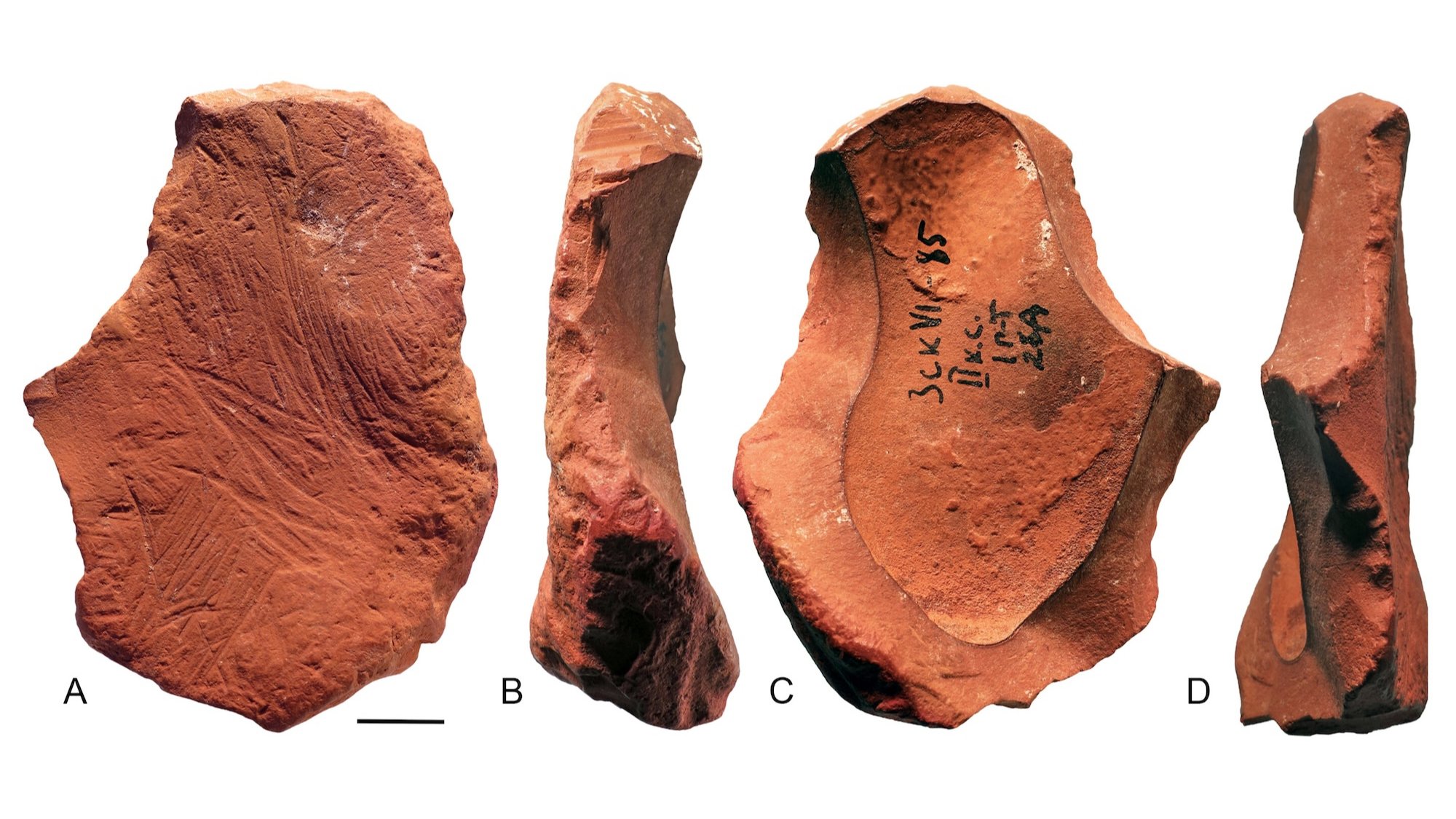Neanderthals, long regarded as primitive ancestors of modern humans, displayed a surprising level of creativity, according to new research. A recent study published in the journal Science Advances suggests that these early hominins not only crafted tools but also engaged in artistic activities, including the use of pigments similar to crayons for coloring.
Led by Francesco d’Errico from the University of Bordeaux, the research team explored multiple archaeological sites in Crimea and Ukraine, known for their rich deposits of Neanderthal artifacts. The team collected a total of 16 pieces of ochre, a naturally occurring pigment, that date back as far as 70,000 years. Ochre, composed of iron-rich minerals, has been utilized across various ancient cultures for artistic expression, as well as for preserving and tanning animal hides.
The researchers employed advanced techniques, including scanning electron microscopes and portable X-ray scanners, to analyze the ochre samples. Their findings revealed that several fragments exhibited signs of being intentionally shaped and used for marking surfaces, indicative of artistic applications. Notably, one particular piece of yellow ochre was identified as being fashioned into a crayon-like object, suggesting it was specifically designed for drawing.
This piece stood out not only for its shape but also for its wear patterns. The analysis indicated that the tip had been resharpened multiple times, implying that the Neanderthals who used it valued the tool enough to maintain it, rather than discarding it once worn down. The study’s authors noted, “While practical applications (e.g., hide processing) remain plausible for other specimens, the evidence supports symbolic use among some Crimean Neanderthals.” They concluded that these findings lend credence to the idea that at least some of the ochre materials were involved in symbolic activities.
If these assertions hold true, it suggests that Neanderthals participated in cultural practices akin to those of their contemporary species, Homo sapiens. This discovery challenges the longstanding view of Neanderthals as mere brutish competitors, highlighting their potential for creative expression and cultural development.
Despite the compelling nature of these findings, it is important to note that such artistic endeavors likely did not play a significant role in survival or evolutionary success. While both Neanderthals and early humans may have enjoyed artistic expression, it is the latter that ultimately thrived, leaving a lasting legacy in the form of contemporary art and culture.
This research not only sheds light on the abilities of Neanderthals but also enriches our understanding of the complex interplay between creativity and survival in early human history. As studies like this continue to emerge, they invite a reevaluation of the cognitive and cultural capabilities of our ancient relatives.
